For temperature measurements, two ways have traditionally been employed to get process readings back to a monitoring and control system.
The two ways are
One method is to use sensor extension wires to carry the low-level signals (ohm or mv) generated by field mounted RTD or thermocouple sensors directly to control room.
Another is to install temperature transmitters at or near the measurement point. The transmitter amplifies and conditions the sensor signal. It also transmits it over a twisted wire pair back to the control room.
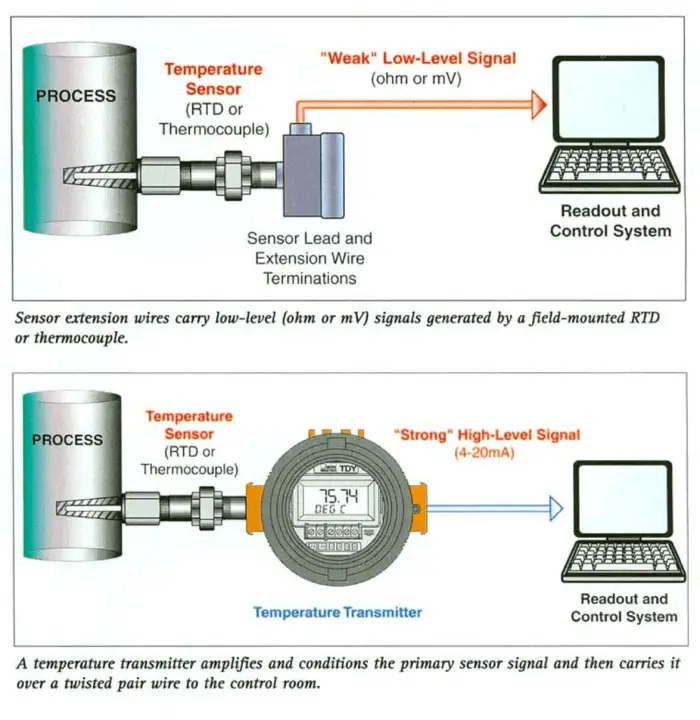
Cut Wiring Costs
The direct wiring of thermocouples to a control system requires the use of thermocouple extension wires. Extension wire can cost several times more than common shielded copper wire used for a temperature transmitter’s 4-20 mA signal. The savings in wire cost can go a long way toward paying for the temperature transmitter, The longer the wire run, the greater the potential savings.
In retrofit situations. we may want to switch to transmitters, but you may be reluctant to do so because you mistakenly believe that new copper wires must be run to accommodate the 4-20 mA. This is not necessarily the case. Temperature transmitters can be installed at the sensor, and the in-place RTD or thermocouple extension wires can be used to transmit the 4-20 mA back to the control system. The qualifier is resistance.
Because thermocouple wire has higher resistance than copper wire. we should run the resistance calculation on your extension wire to make sure you do not over-burden the temperature transmitter, If these calculations confirm that you can use the existing field wiring, you will have no additional installation time or material costs. And, you still get all the advantages of using temperature transmitters.
Reduce Hardware Costs
With direct wiring, it is necessary to provide temperature input cards (Thermocouple/RTD Cards) for the DCS and PLC. These cards usually cost more per point than does a 4-20 mA input card. If you are using temperature transmitters, the lower cost 4-20 mA input cards help to pay for the transmitters. Additionally. you are keeping in inventory one less board type and reducing another source of maintenance confusion. Temperature transmitters usually can handle more sensor types than can a temperature input board for a DCS or PLC. That enables the user to select the sensor type that is ideal for the application and not be limited by what sensors can be handled by an input card in a direct wired scheme. Sensors that are likely acceptable to a temperature transmitter and not to a DCS/PLC input card are four-wire RTDs. 1000-ohm RTDs, and 10-ohm copper RTDs.
With an intelligent temperature transmitter, we can simply change out the sensor and reconfigure the transmitter to accommodate the different sensor type. The loop’s twisted pair wiring and existing 4-20 mA input boards don’t even have to be touched. Because you never know what sensor you’ll end up with. make sure you select a universal transmitter that configures to accept all common temperature sensor types and temperature ranges.
we gain more application flexibility if you use a temperature transmitter with adequate input/output isolation. Temperature sensors insulated with Mg0 will eventually go to ground. If the sensor is an RTD, you must discard it and buy new. But if that sensor is a TC and you have isolation elsewhere in the measurement loop, the grounded TC still provides a valid temperature measurement. If you place the loop isolation in the transmitter, you gain the flexibility of being able to use non-isolated 4-20 mA input cards, which are generally the least expensive input cards. If all your TCs are grounded. no error-causing ground loops can occur when you use isolated TTs.
Enhance Accuracy and Stability
Using temperature transmitters can substantially enhance measurement accuracy. DCS and PLC systems measure readings over the entire (very wide) range of a sensor. It is well known that measuring a narrower range produces far more accurate measurements. Transmitters can be calibrated to any range within a sensor’s overall capabilities. Their measurements are more precise than is possible with most direct wiring strategies. Some transmitters deliver accuracy ratings of ±0.13’C (±0.23’F) when paired with a common Pt 100 RTD sensor over a 200-degree span.
If you need even better accuracy, you can trim a universal transmitter to precisely match a particular sensor. Even though sensors are designed to have a high degree of conformance to an established curve, each one — even precision sensors — will vary slightly from its stated specification. By using the n– electronics to match the IT to the sensor. you eliminate this final bit of error.
It’s called sensor-to-transmitter trimming. The transmitter is connected to the sensor and then immersed in calibration baths maintained at stabilized temperatures. The transmitter then –captures– two readings from the sensor, representing the upper and lower range values . and stores them in non-volatile memory. The transmitter uses these values to compensate for deviations
between the sensor’s stated linearization curve and its actual measurements. When transmitters are paired with a 1,000 ohm RTD, this technique results in the amazing measurement accuracy of up to ±0.014t (+0.025T) over a 100-degree span.
To further enhance measurement accuracy. some transmitters can be trimmed to respond to two data points within the selected zero and span measurement range. This advantage allows a complete range to be monitored, while placing measurement emphasis on a specific segment of the range most critical to the process.
Simplify Engineering
In place of numerous sensor lead-wire and DCS/PLC input board combinations, engineering designs and drawings will need to show only one wire type (twisted wire pair) and one input board type (4-20 mA). This one wire and one input board system means maintenance is greatly simplified, and the chances of loop –mis-wiring” are virtually eliminated.
Throughout the lifetime of a process. enhancements are routinely made to accommodate the manufacture of upgraded or even completely new products. Process changes may require different measurement ranges or greater temperature accuracy than was previously required. Either of these conditions may necessitate a change in the type of sensors that are used.
Lower Maintenance Expenses
Temperature transmitters have come a long way since the days of fixed-range. inflexible instruments. Some transmitters are not only universal in regards to input type and range. but they also incorporate powerful sensor diagnostics that save considerable time and money.
Temperature transmitters with intelligent diagnostic capabilities help you keep track of sensor operation and quickly find and diagnose sensor failures. Capable of continually monitoring the sensor. if a wire breaks or otherwise stops sending a signal during operation. the transmitter sends the output upscale or downscale to warn of sensor burnout and other unwanted conditions.
Furthermore, the transmitters can tell you which wire has broken via an error message either on an integral digital display or using PC configuration software. Specific fault messages eliminate the work of removing the sensor or checking all the lead wins to diagnose a problem. During startups. in the middle of the night, or in the middle of winter. this can be a huge time-saving advantage.
Avoid Lead Wire Imbalances
Where feasible. use four-wire RIDs and specify a temperature transmitter that is able to accept a “true” four-wire RTD input. The advantage is that four-wire RID measuring circuits effectively cancel out errors caused by resistance imbalances in the current-carrying leads. Every ohm of imbalance in the RTD sensor’s lead wires can produce as much as a 2.5*C error in the measurement. Serious imbalances usually occur gradually over time and are caused by corrosion of the lead wire. Occasionally, improper installation techniques also cause resistance imbalances from lead length differences, wire gauge mismatches, loose connections. terminal block corrosion. and work hardening from bending and other stresses.
Intelligent temperature transmitters are capable of accepting –me four-wire RID inputs and provide a constant current source to the outer leads of the RTD. The voltage drop is measured across the inner leads, which is a high impedance loop. Because there is essentially no current flow in the voltage loop. voltage is directly proportional to RTD resistance. Lead resistance is ignored. You will get a very accurate measurement providing the resistance value of the Rn) — plus corrosion. plus wire resistance — is less than 2.000 ohms (typically’. A four-wire RID costs about the same as a three-wire and can be used with less expensive. smaller gauge wire without concern for added resistance.
Protect Against Plant Noise
Common in nearly every industrial environment, RFI (radio frequency interference) and EMI (electromagnetic interference) can negatively affect process signals. Before you eliminate RFI and EMI as the possible culprits of erratic signals, you should consider some of their common sources: mobile and stationary radios, TVs, hand-held walkie- talkies, radio-controlled overhead cranes. radar, induction heating systems. static dis- charge, high-speed power-switching elements, high ac current conductors, large solenoids and relays, transformers. AC and DC motors, welders, and even fluorescent lighting. If you have one or more of these in your plant, you may have an RFI/EMI problem. The result is sometimes Just a minor inconvenience. Other times, it can be as serious as a nuisance plant trip,
In a direct wiring scheme. the low-level signals generated by an RTD (ohm) or thermocouple (mV) arc particularly susceptible to the signal-degrading effects or RFI/EMI. Compounding the problem, sensor extension wires can behave much like an RFI/EMI antenna by actually drawing plant noise (0 the wires and affecting weak, low- level signals.
Conversely, a properly designed tempera- ture transmitter effectively negates the effects of RFI in two ways. If the RFI/EMI is on the temperature sensor, the transmitter’s RFI filtering will prevent the noise from propagating to the transmitter’s output. If the noise is being picked up on the 4-20 mA side of the transmitter, the 4-20 mA signal strength will be less distorted by the RFI than would a mV level signal. The transmitter’s output has a higher signal-to-noise ratio. When specifying your transmitter, always check for RFI/EMl protection. If there is no specification given, it’s usually because the instrument is not designed to resist noise. It probably will not perform’ very well in a noisy plant environment.
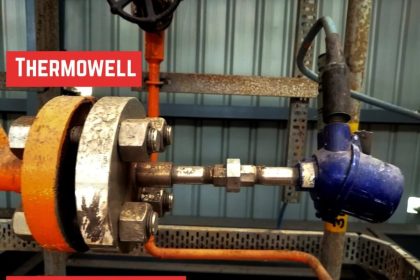
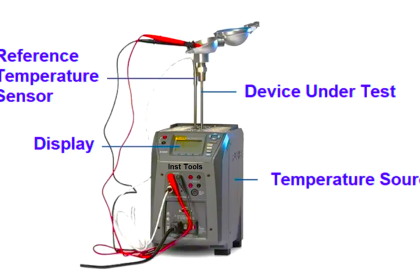
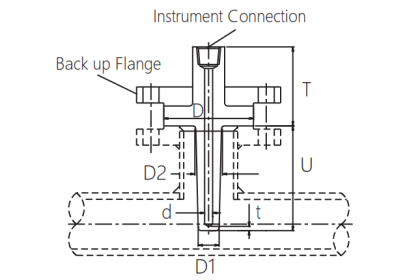
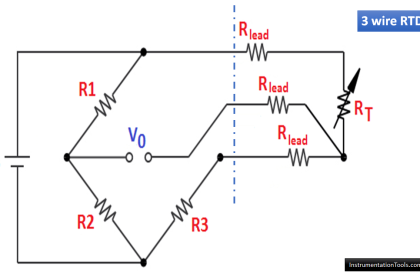
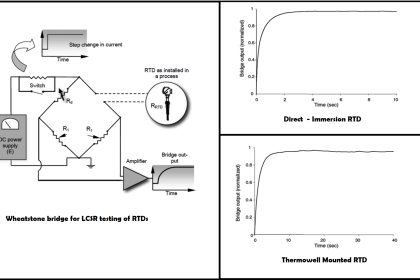
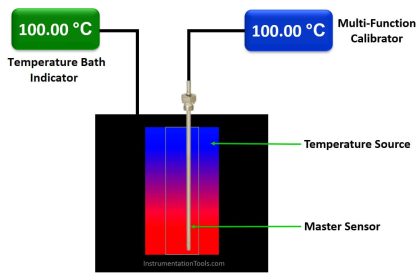
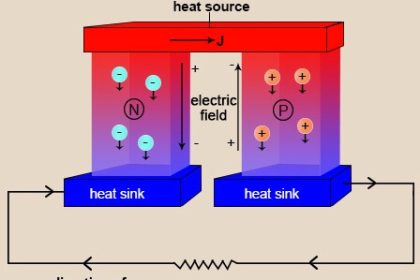
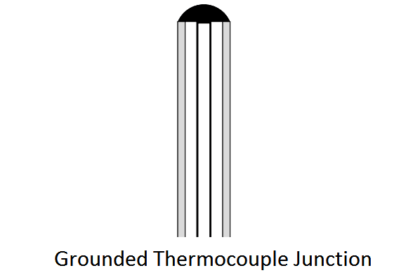
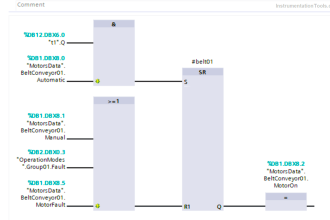
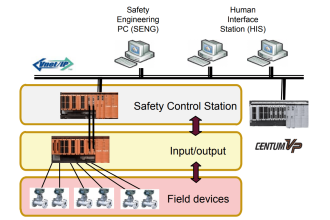

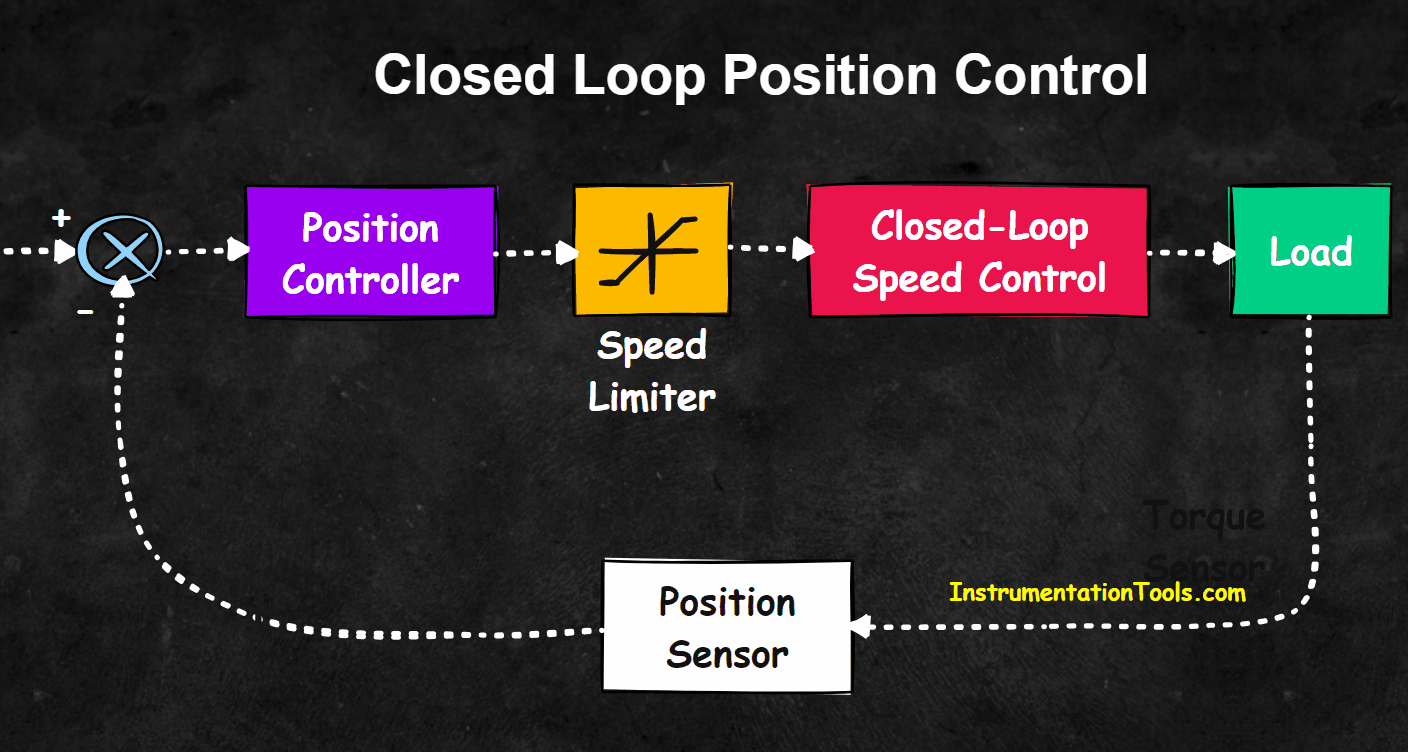


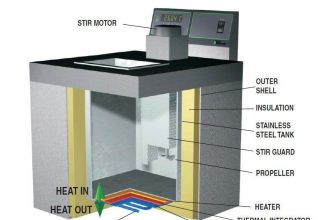

Dear sir,
The difference between mv and 4-20mA transmission explanation is very effective.The point that we can use extension wires for carrying transmitter 4-20mA signal is informative.
Thanks for the information.